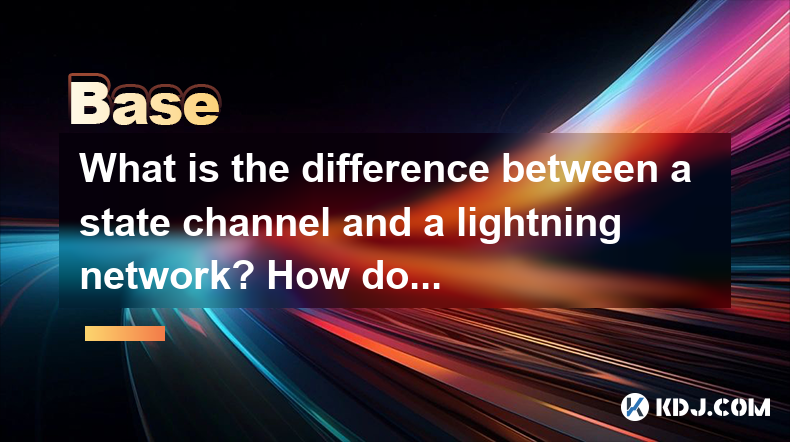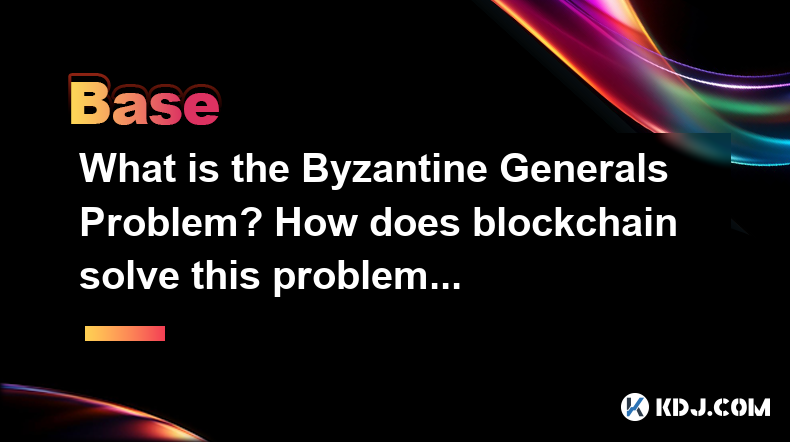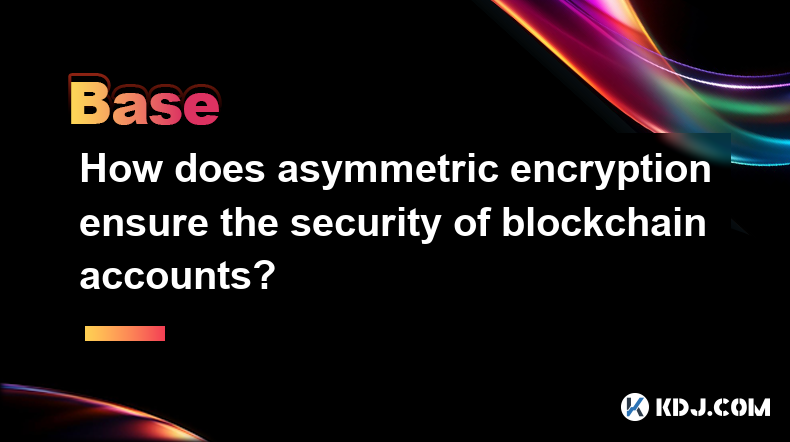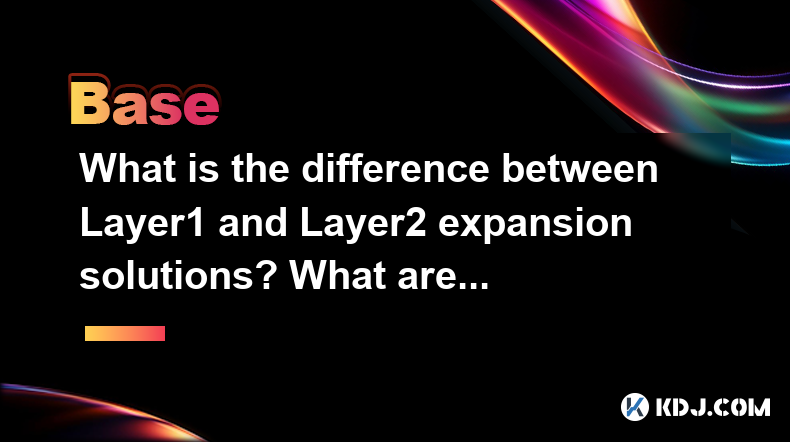-
 Bitcoin
Bitcoin $83,418.1551
-0.31% -
 Ethereum
Ethereum $1,808.8979
-0.41% -
 Tether USDt
Tether USDt $0.9999
0.02% -
 XRP
XRP $2.1463
1.00% -
 BNB
BNB $593.3907
-0.49% -
 Solana
Solana $120.0979
-1.63% -
 USDC
USDC $1.0001
0.00% -
 Dogecoin
Dogecoin $0.1689
-0.83% -
 Cardano
Cardano $0.6536
-1.17% -
 TRON
TRON $0.2370
-0.75% -
 Chainlink
Chainlink $12.8454
-0.75% -
 UNUS SED LEO
UNUS SED LEO $9.1245
-0.51% -
 Toncoin
Toncoin $3.2503
-4.22% -
 Stellar
Stellar $0.2527
-2.58% -
 Avalanche
Avalanche $17.8357
-1.69% -
 Shiba Inu
Shiba Inu $0.0...01231
-0.09% -
 Sui
Sui $2.2068
-1.49% -
 Hedera
Hedera $0.1623
-0.93% -
 Litecoin
Litecoin $82.5360
-2.34% -
 Polkadot
Polkadot $3.9567
-1.88% -
 Bitcoin Cash
Bitcoin Cash $306.9330
1.70% -
 MANTRA
MANTRA $6.2879
0.30% -
 Dai
Dai $1.0001
0.01% -
 Bitget Token
Bitget Token $4.4588
-1.48% -
 Ethena USDe
Ethena USDe $0.9992
0.01% -
 Pi
Pi $0.6376
24.33% -
 Hyperliquid
Hyperliquid $11.9460
0.08% -
 Monero
Monero $213.4997
-0.58% -
 Uniswap
Uniswap $5.8533
-0.79% -
 OKB
OKB $52.7441
6.99%
What is a blockchain? How does it achieve decentralized accounting?
Blockchain, a distributed database, uses cryptography to link blocks of transactions, ensuring security and immutability in decentralized accounting systems.
Apr 04, 2025 at 03:28 pm

A blockchain is a distributed database that maintains a continuously growing list of records, called blocks, which are linked using cryptography. Each block contains a cryptographic hash of the previous block, a timestamp, and transaction data. This structure makes it very difficult to alter past transactions, as any change would require re-mining all subsequent blocks. The concept of blockchain was first introduced with the cryptocurrency Bitcoin in 2009, and since then, it has been adopted by numerous other cryptocurrencies and applications.
The Structure of a Blockchain
The fundamental structure of a blockchain consists of blocks, each containing a list of transactions. Each block includes a unique code called a hash, which is generated based on the contents of the block. This hash serves as a digital fingerprint, ensuring the integrity of the block's data. Additionally, each block contains the hash of the previous block, creating a chain of blocks, hence the name "blockchain." This linking mechanism ensures that once a block is added to the chain, it cannot be altered without changing all subsequent blocks, which is computationally infeasible.
How Transactions are Recorded on a Blockchain
Transactions on a blockchain are initiated by users and broadcast to the network. These transactions are then verified by network nodes, which check the validity of the transaction based on predefined rules, such as ensuring the sender has the necessary funds. Once verified, the transactions are grouped into a block. Miners, or specialized nodes, compete to solve a complex mathematical puzzle to add the block to the blockchain. The first miner to solve the puzzle gets to add the block and is rewarded with cryptocurrency. This process, known as mining, ensures the security and integrity of the blockchain.
Decentralized Accounting on a Blockchain
Decentralized accounting is achieved through the distributed nature of the blockchain. Instead of a single central authority, the blockchain is maintained by a network of nodes, each holding a copy of the entire blockchain. When a new transaction is added, it must be verified and agreed upon by a majority of these nodes. This consensus mechanism ensures that no single entity can control the blockchain, making it resistant to manipulation and fraud. The most common consensus mechanisms are Proof of Work (PoW) and Proof of Stake (PoS), each with its own method of achieving agreement among nodes.
Proof of Work (PoW) and Its Role in Decentralized Accounting
Proof of Work is the original consensus mechanism used by Bitcoin and many other cryptocurrencies. In PoW, miners compete to solve a cryptographic puzzle, which requires significant computational power. The first miner to solve the puzzle gets to add a new block to the blockchain and is rewarded with cryptocurrency. This process not only adds new transactions to the blockchain but also secures the network by making it economically unfeasible to attempt to alter past transactions. The decentralized nature of PoW ensures that no single entity can control the blockchain, as the power to add new blocks is distributed among many miners.
Proof of Stake (PoS) and Its Role in Decentralized Accounting
Proof of Stake is an alternative consensus mechanism that aims to address some of the energy consumption issues associated with PoW. In PoS, validators are chosen to create new blocks based on the number of coins they hold and are willing to "stake" as collateral. This method reduces the need for energy-intensive mining and allows for faster transaction processing. Like PoW, PoS achieves decentralized accounting by distributing the power to add new blocks among many validators, ensuring that no single entity can control the blockchain.
Security and Immutability of Blockchain
The security and immutability of a blockchain are crucial to its function as a decentralized accounting system. The cryptographic hash function used in each block ensures that any alteration to a block's data would result in a different hash, breaking the chain. Additionally, the consensus mechanism ensures that any attempt to alter the blockchain would require the agreement of a majority of nodes, which is highly unlikely in a decentralized network. This combination of cryptographic security and consensus makes blockchain an extremely secure and reliable method of decentralized accounting.
Applications of Blockchain Beyond Cryptocurrencies
While blockchain is most commonly associated with cryptocurrencies, its applications extend far beyond this use case. In supply chain management, blockchain can be used to create a transparent and immutable record of product movement, ensuring authenticity and reducing fraud. In voting systems, blockchain can provide a secure and verifiable method of recording votes, increasing trust in the electoral process. In healthcare, blockchain can be used to securely store and share patient data, improving privacy and efficiency. These examples illustrate the versatility of blockchain as a decentralized accounting system.
Challenges and Limitations of Blockchain
Despite its many advantages, blockchain technology faces several challenges and limitations. Scalability is a significant issue, as the decentralized nature of blockchain can lead to slower transaction processing times and higher costs. Additionally, the energy consumption associated with Proof of Work mining has raised environmental concerns. Regulatory uncertainty also poses a challenge, as governments around the world grapple with how to classify and regulate blockchain and cryptocurrencies. These challenges must be addressed to fully realize the potential of blockchain as a decentralized accounting system.
Frequently Asked Questions
Q: How does blockchain ensure the privacy of transactions?
A: Blockchain ensures the privacy of transactions through the use of cryptographic techniques. Each transaction is signed with the sender's private key, and the recipient's public key is used to verify the transaction. This ensures that only the intended recipient can access the transaction details, while the rest of the network can verify the transaction's validity without knowing the specifics.
Q: Can blockchain be used for smart contracts?
A: Yes, blockchain can be used for smart contracts. Smart contracts are self-executing contracts with the terms directly written into code. They automatically enforce and execute the terms of the contract when certain conditions are met. Platforms like Ethereum have popularized the use of smart contracts on blockchain, enabling a wide range of decentralized applications.
Q: What is the difference between a public and a private blockchain?
A: A public blockchain is open to anyone and is maintained by a decentralized network of nodes. Anyone can participate in the consensus process and add new blocks to the chain. In contrast, a private blockchain is controlled by a single entity or a consortium of entities, and access is restricted to authorized participants. Private blockchains are often used in enterprise settings where control and privacy are paramount.
Q: How does blockchain handle disputes and errors in transactions?
A: Blockchain handles disputes and errors through its consensus mechanism and the immutability of its records. If a dispute arises, the network can review the transaction history to determine the validity of the transaction. Errors can be corrected by initiating a new transaction that reverses the erroneous one, but this requires the agreement of the network. The decentralized nature of blockchain ensures that disputes are resolved fairly and transparently.
Disclaimer:info@kdj.com
The information provided is not trading advice. kdj.com does not assume any responsibility for any investments made based on the information provided in this article. Cryptocurrencies are highly volatile and it is highly recommended that you invest with caution after thorough research!
If you believe that the content used on this website infringes your copyright, please contact us immediately (info@kdj.com) and we will delete it promptly.
- Is Ethereum (ETH) Dead as an Investment?
- 2025-04-06 08:40:12
- Bitunix exchange launches the Ultra version of K-line (candlesticks) on its mobile app integrated with TradingView
- 2025-04-06 08:40:12
- As XRP Has Become the Focus of the Market Due to Ripple's Legal Victory and ETF Expectations
- 2025-04-06 08:35:12
- Trump-Themed Coins Dominate the List of Top-Performing Cryptos Today
- 2025-04-06 08:35:12
- Meme Coins Could Be Solana (SOL)'s Secret Weapon to $1,000
- 2025-04-06 08:30:12
- Did BlackRock's CEO Just Describe XRP Without Saying Its Name? Plus, One Ripple Alternative You Haven't Heard Of
- 2025-04-06 08:30:12
Related knowledge

What is the difference between a state channel and a lightning network? How do they improve transaction efficiency?
Apr 05,2025 at 05:21pm
State channels and the Lightning Network are two significant technologies within the cryptocurrency ecosystem aimed at improving transaction efficiency on blockchain networks. Both solutions address the scalability issues of blockchain systems, particularly in handling a high volume of transactions quickly and with low fees. However, they operate differ...

Why is the oracle called the bridge between blockchain and the real world?
Apr 04,2025 at 04:00am
The concept of an oracle in the cryptocurrency and blockchain world is crucial for understanding how these decentralized systems interact with external data. The oracle is often referred to as the bridge between blockchain and the real world because it serves as a vital intermediary that fetches, verifies, and transmits off-chain data to the on-chain en...

What is the Byzantine Generals Problem? How does blockchain solve this problem?
Apr 05,2025 at 06:29am
The Byzantine Generals Problem is a classic problem in the field of distributed computing and computer science, which has significant implications for the reliability and security of decentralized systems, including blockchain technology. This problem is named after a hypothetical scenario involving several generals of the Byzantine army who must coordi...

How does asymmetric encryption ensure the security of blockchain accounts?
Apr 06,2025 at 07:50am
Asymmetric encryption plays a critical role in securing blockchain accounts by providing a robust method of safeguarding private keys and ensuring secure transactions. This article delves into how asymmetric encryption works and why it is indispensable for the security of blockchain accounts. What is Asymmetric Encryption?Asymmetric encryption, also kno...

What role does the Merkle tree play in the blockchain? Why can it verify data integrity?
Apr 04,2025 at 01:29pm
The Merkle tree plays a crucial role in the blockchain, primarily due to its ability to efficiently and securely verify data integrity. This article will delve into the structure of a Merkle tree, its implementation in blockchain, and how it ensures the integrity of data. Understanding the Structure of a Merkle TreeA Merkle tree, also known as a hash tr...

What is the difference between Layer1 and Layer2 expansion solutions? What are their advantages and disadvantages?
Apr 05,2025 at 12:49pm
In the world of cryptocurrencies and blockchain technology, scalability is a critical issue that developers and users alike grapple with. To address this, the industry has developed various solutions, primarily categorized into Layer1 and Layer2 expansion solutions. Understanding the differences between these two approaches, along with their respective ...

What is the difference between a state channel and a lightning network? How do they improve transaction efficiency?
Apr 05,2025 at 05:21pm
State channels and the Lightning Network are two significant technologies within the cryptocurrency ecosystem aimed at improving transaction efficiency on blockchain networks. Both solutions address the scalability issues of blockchain systems, particularly in handling a high volume of transactions quickly and with low fees. However, they operate differ...

Why is the oracle called the bridge between blockchain and the real world?
Apr 04,2025 at 04:00am
The concept of an oracle in the cryptocurrency and blockchain world is crucial for understanding how these decentralized systems interact with external data. The oracle is often referred to as the bridge between blockchain and the real world because it serves as a vital intermediary that fetches, verifies, and transmits off-chain data to the on-chain en...

What is the Byzantine Generals Problem? How does blockchain solve this problem?
Apr 05,2025 at 06:29am
The Byzantine Generals Problem is a classic problem in the field of distributed computing and computer science, which has significant implications for the reliability and security of decentralized systems, including blockchain technology. This problem is named after a hypothetical scenario involving several generals of the Byzantine army who must coordi...

How does asymmetric encryption ensure the security of blockchain accounts?
Apr 06,2025 at 07:50am
Asymmetric encryption plays a critical role in securing blockchain accounts by providing a robust method of safeguarding private keys and ensuring secure transactions. This article delves into how asymmetric encryption works and why it is indispensable for the security of blockchain accounts. What is Asymmetric Encryption?Asymmetric encryption, also kno...

What role does the Merkle tree play in the blockchain? Why can it verify data integrity?
Apr 04,2025 at 01:29pm
The Merkle tree plays a crucial role in the blockchain, primarily due to its ability to efficiently and securely verify data integrity. This article will delve into the structure of a Merkle tree, its implementation in blockchain, and how it ensures the integrity of data. Understanding the Structure of a Merkle TreeA Merkle tree, also known as a hash tr...

What is the difference between Layer1 and Layer2 expansion solutions? What are their advantages and disadvantages?
Apr 05,2025 at 12:49pm
In the world of cryptocurrencies and blockchain technology, scalability is a critical issue that developers and users alike grapple with. To address this, the industry has developed various solutions, primarily categorized into Layer1 and Layer2 expansion solutions. Understanding the differences between these two approaches, along with their respective ...
See all articles





















































































